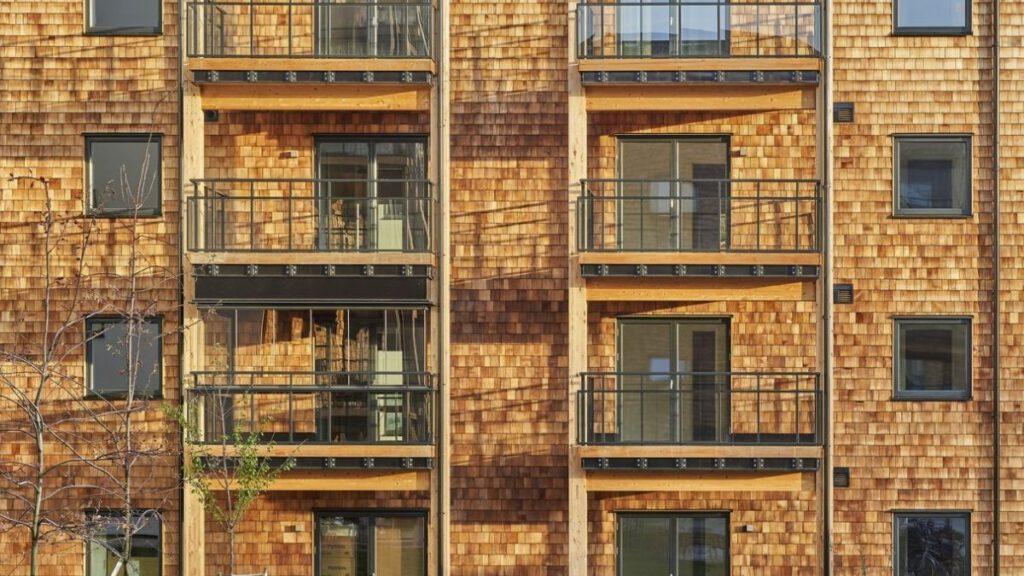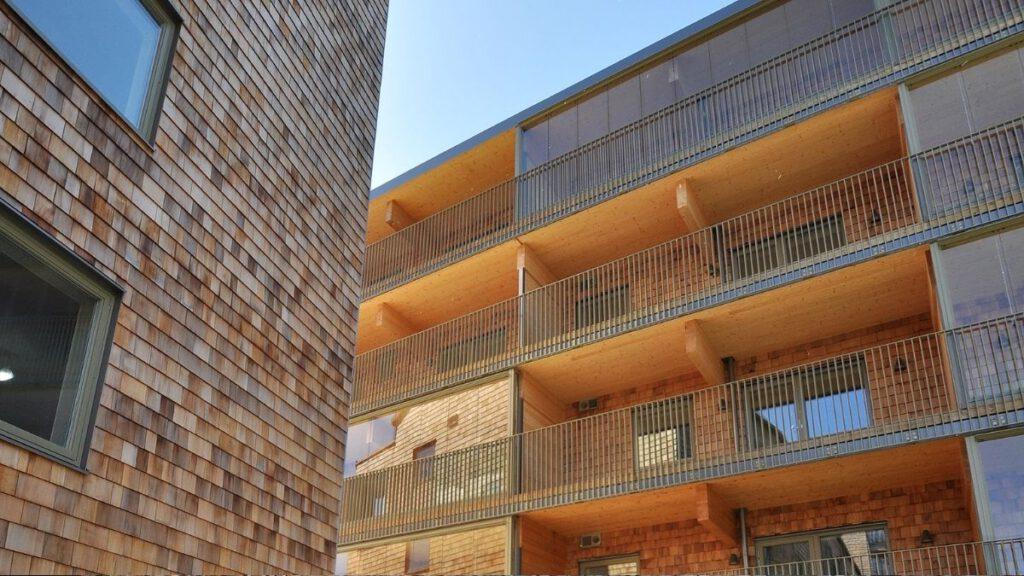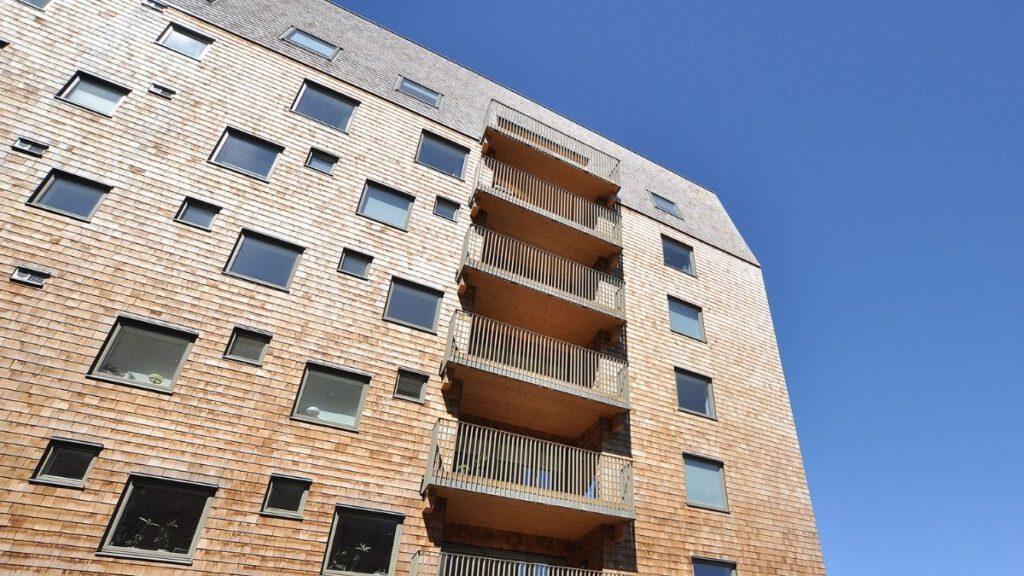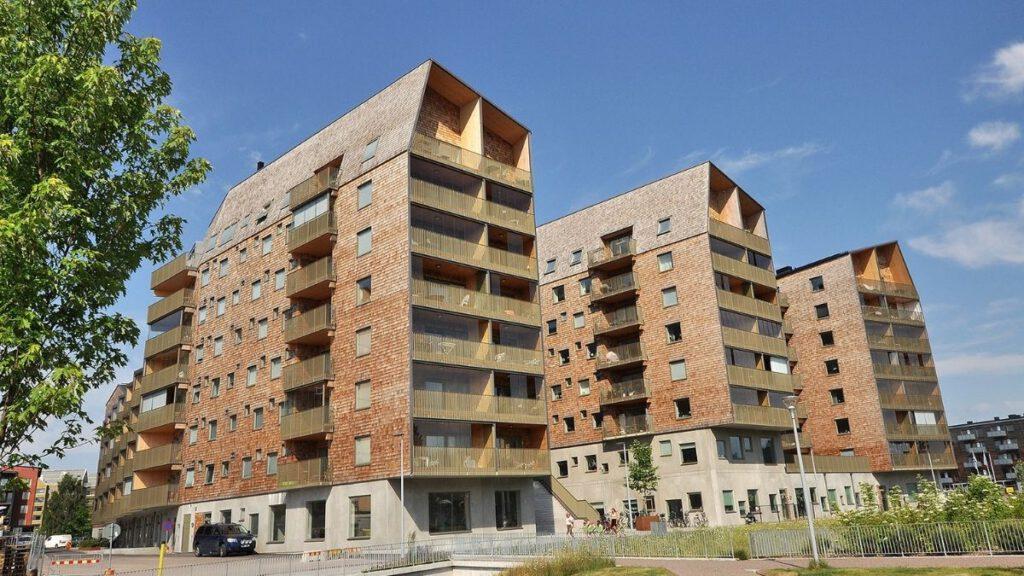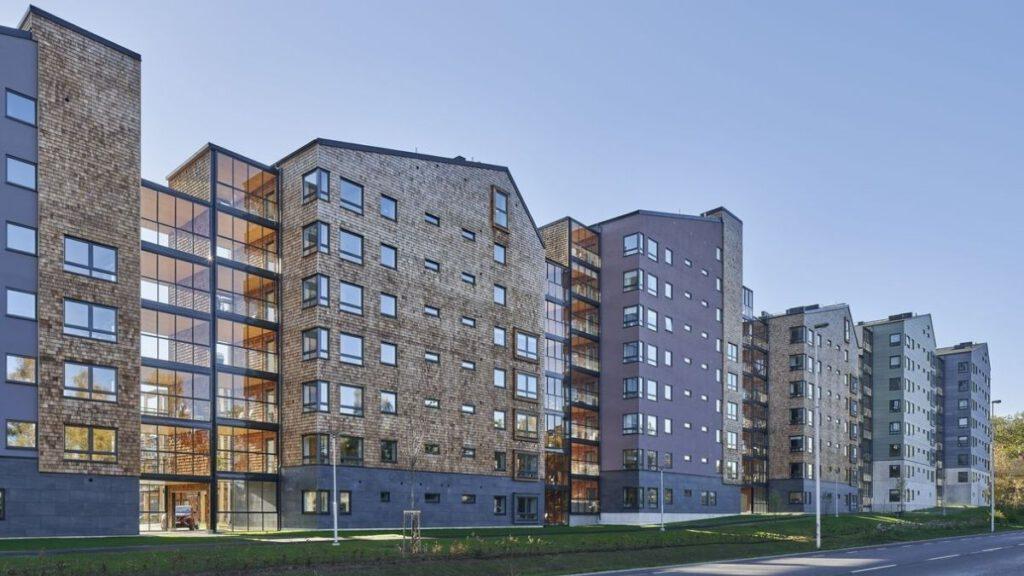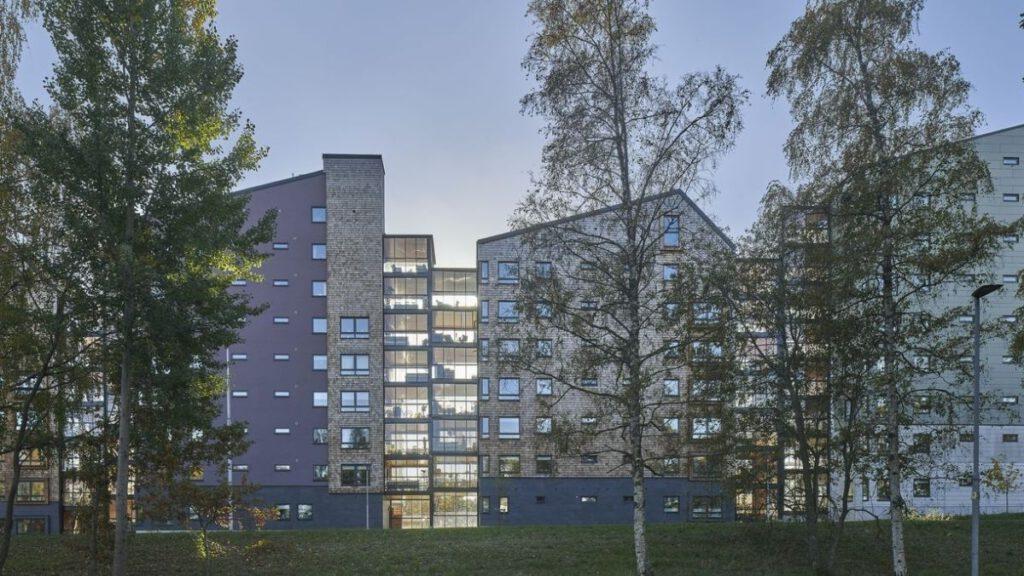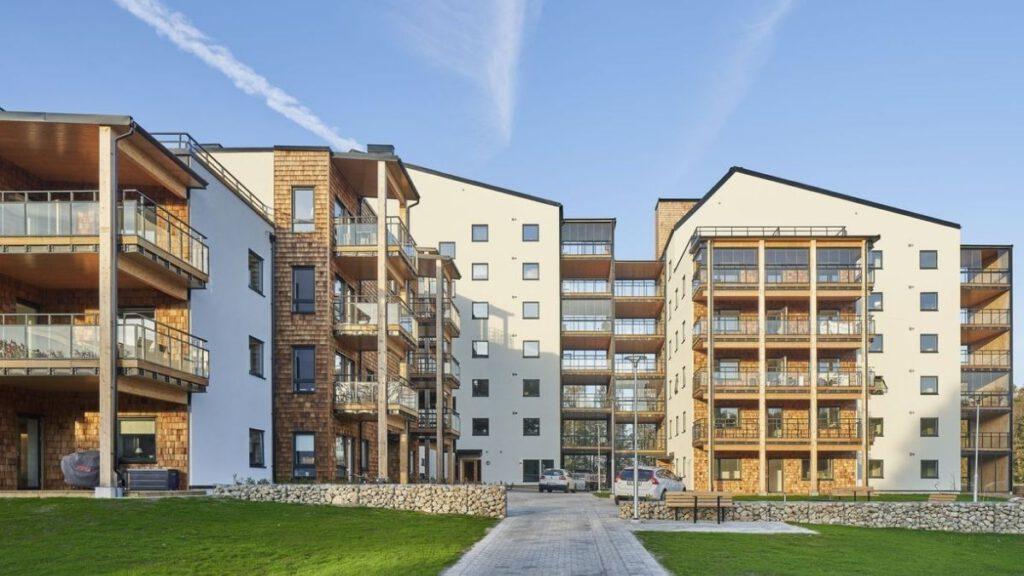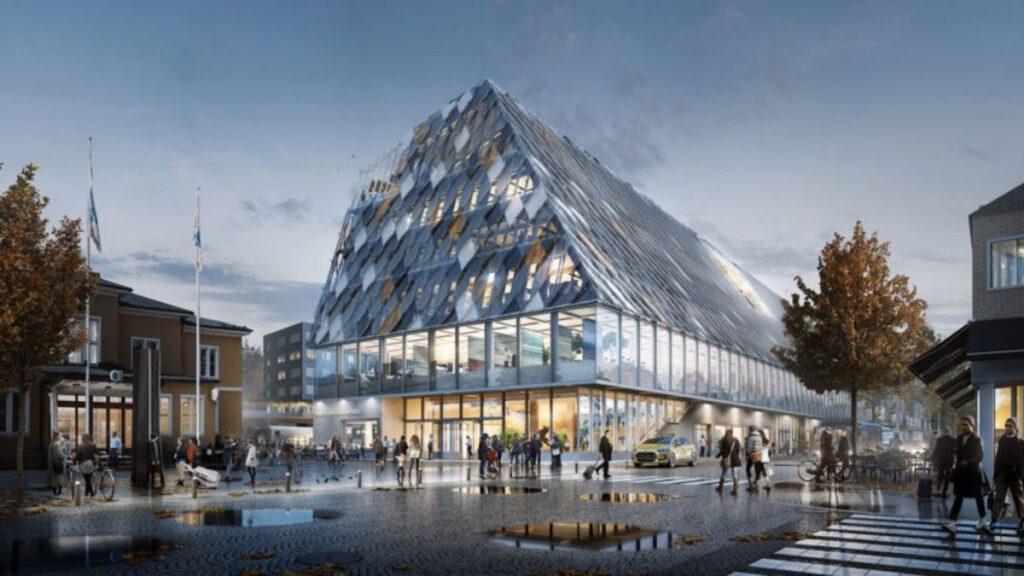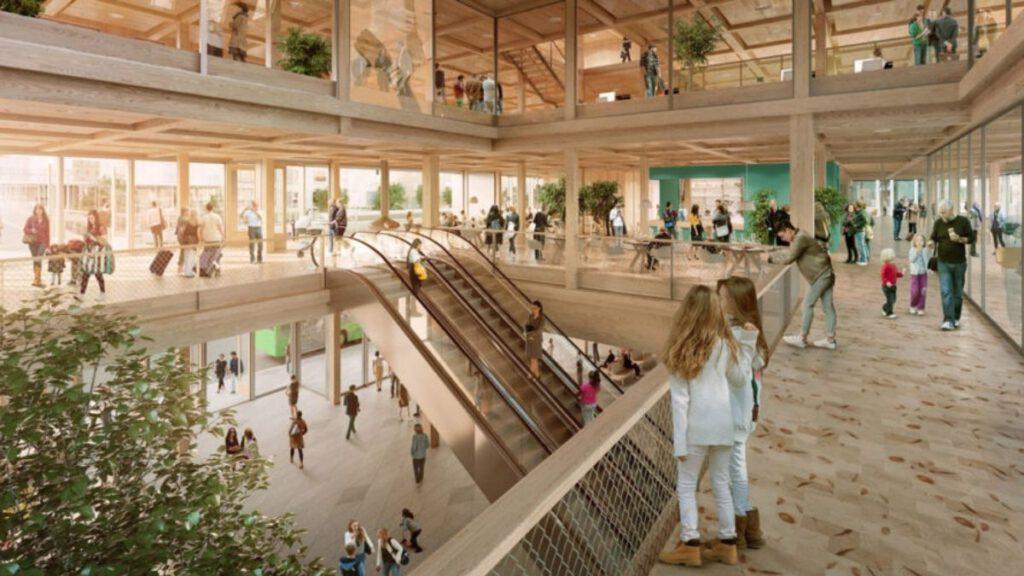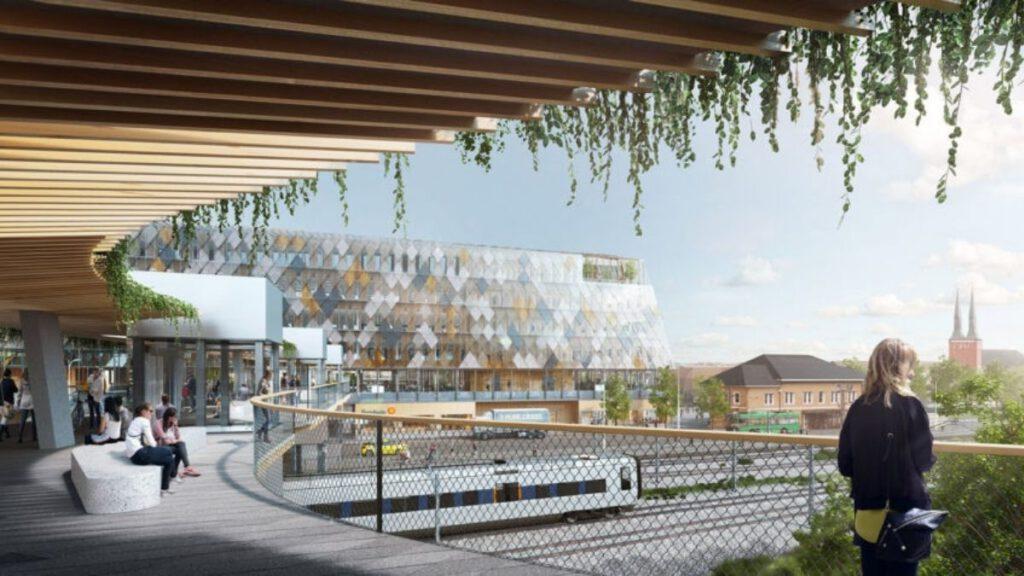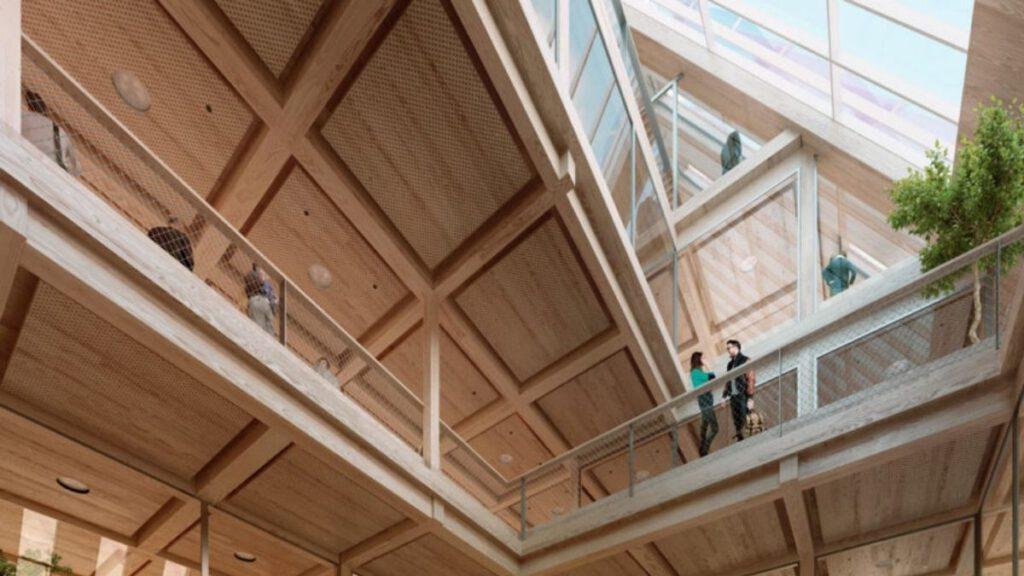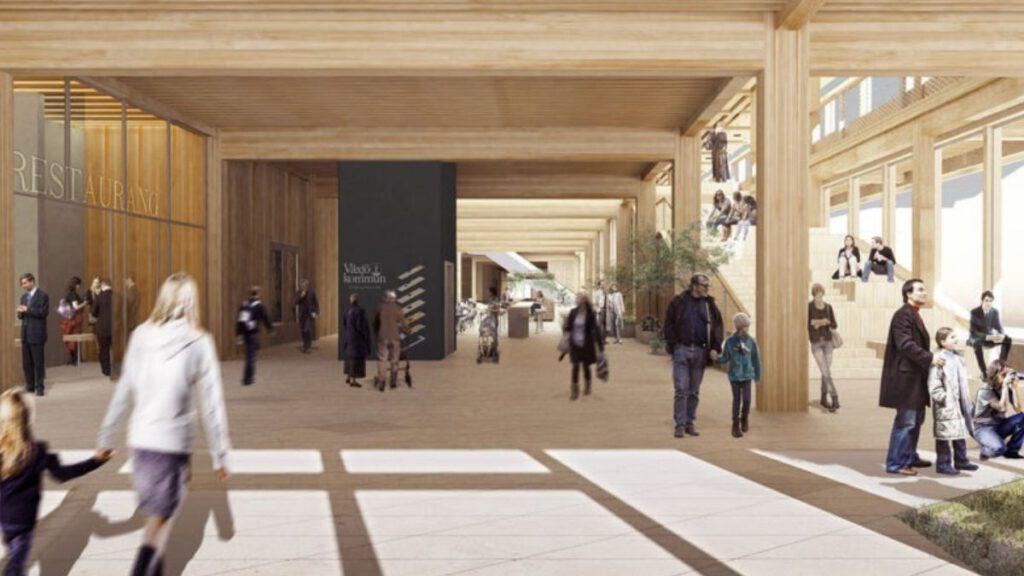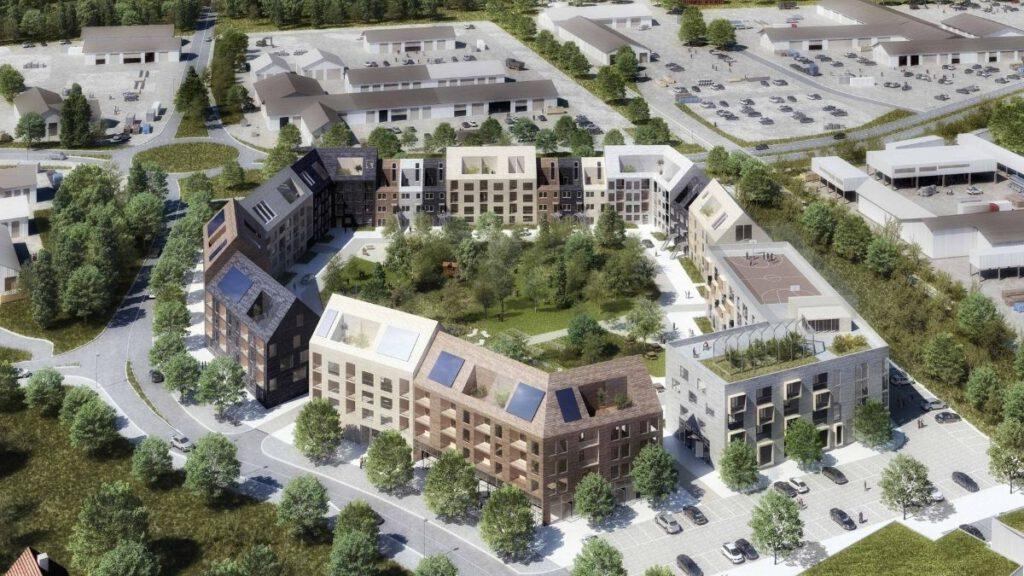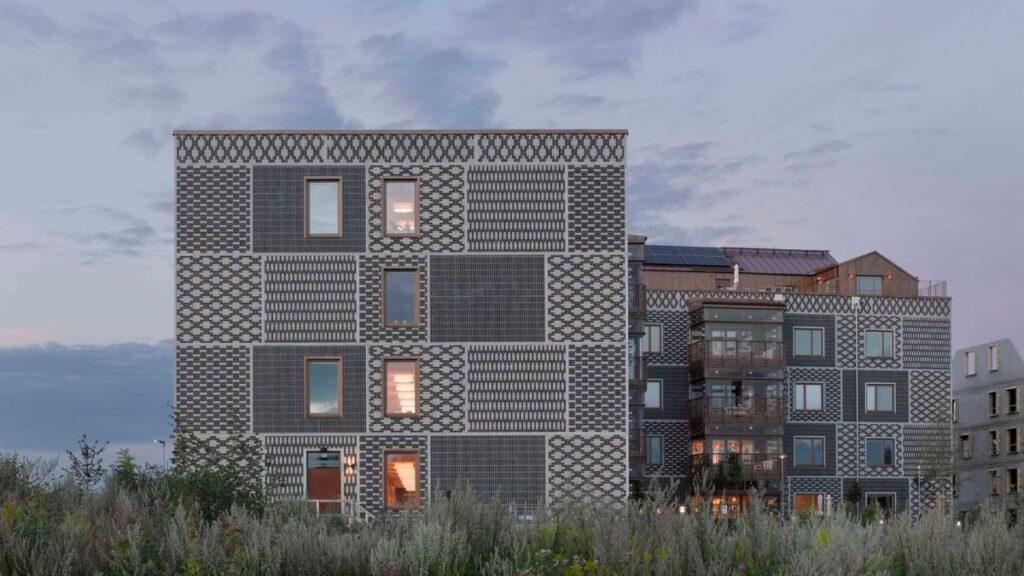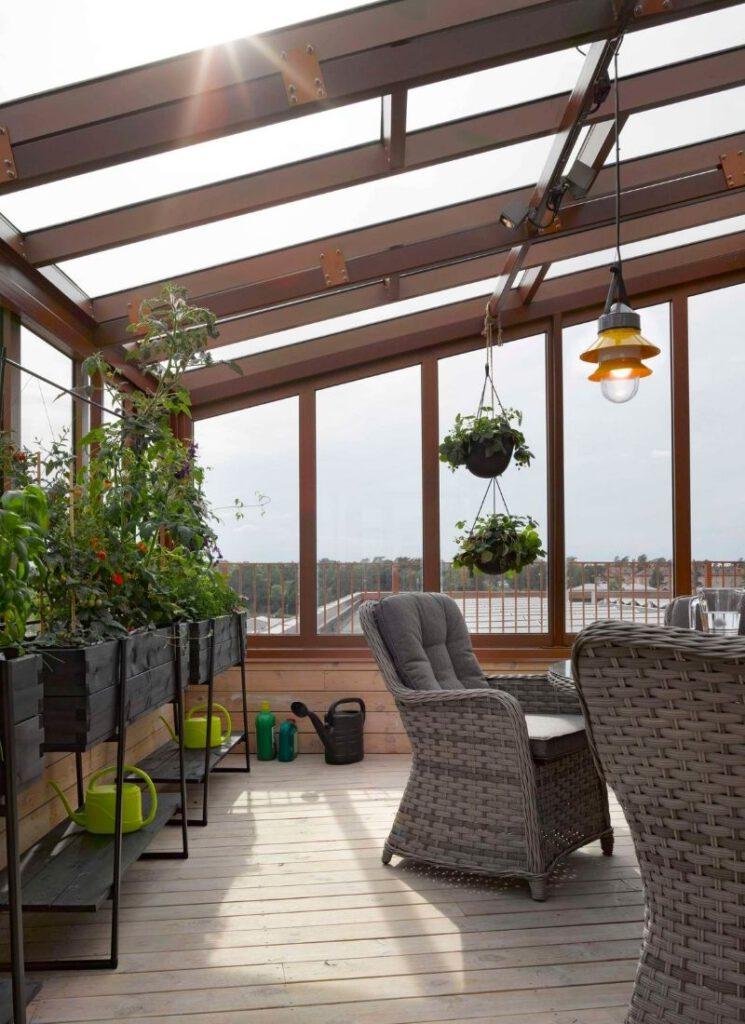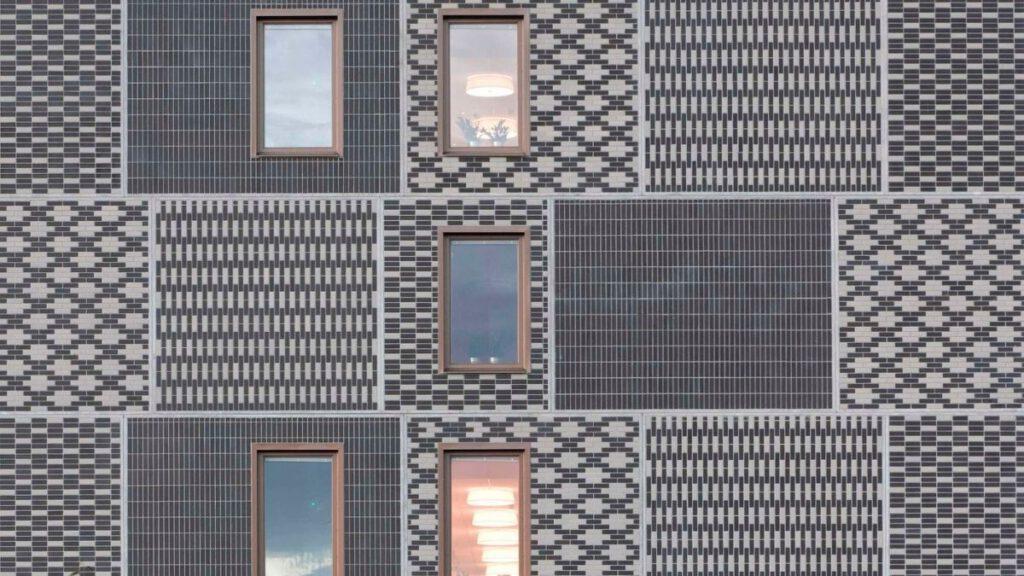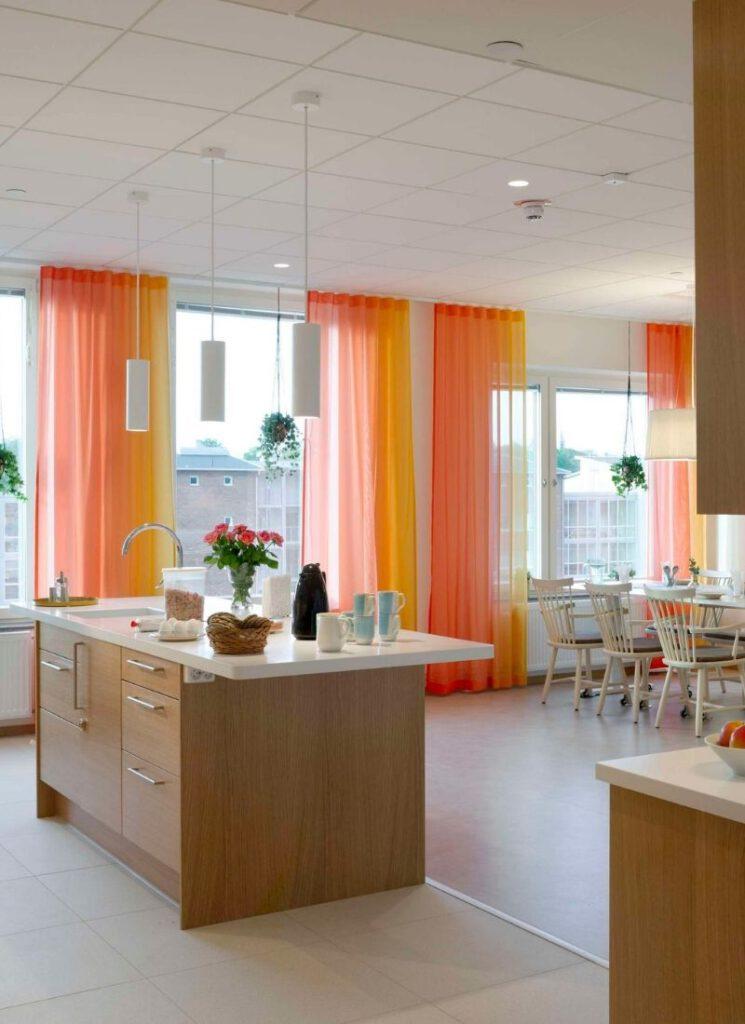Green, greener, Växjö!
The Swedish university city of Växjö has been named “the Greenest City in Europe”. Half of all its new buildings have been built with timber. But the city plans to go even further.
Why is it that Scandinavia, particularly Sweden, is ahead of the rest of the world when it comes to environmental protection? It is probably because its inhabitants are surrounded by nature. After all, Sweden has swathes of coniferous forests, unspoiled mountains with glaciers, and almost innumerable lakes, rivers and waterfalls. And so it is understandable that its people want to protect and care for these natural resources.
The university city of Växjö has been awarded the title of “the Greenest City in Europe”. Even today, 50 percent of all new builds are already made with timber. And the Climate Impact Declaration is mandatory for future new buildings. This declaration specifies that, from 2022, buildings whose load-bearing walls have the lowest CO2 footprint (CO2 emissions) will be given preference over other construction projects. And from 2025 the focus will be on buildings with the lowest CO2 footprint overall.
Växjö’s city administration describes its strategy as follows: “The idea is to use wood as the main construction material, as it is the only completely renewable material.” This concerns residential, commercial and infrastructure buildings to the same extent.
However, the question is how to preserve and use ecosystems by means of intelligent urban planning.
Ecosystem services need to be integrated into urban planning as a whole, as part of the masterplan. The city authorities hope that the project will contribute directly and indirectly towards reaching the goals of Sustainable Växjö 2030.
Maximum use of wood
One project completed by developer GBJ Bygg is Trummens Strand – or Kvarteret Geologen, as it is actually called. This residential project was finished in 2019 and includes 144 apartments of various shapes and sizes, plus a childcare facility. A total of 6,300 m³ cross-laminated timber (CLT) came from Austrian company Stora Enso in Ybbs an der Donau.
Kvarteret Geologen is built around an inner courtyard. Outside the houses and overlooking Lake Trummen, the Geometriparken is an urban park created by the local authorities. There are terraces and playgrounds, commercial and shared-use spaces. From the courtyard, a spacious flight of steps leads down to the beach, with the car park concealed underneath.
Wood is definitely the key focus here. It is on show virtually everywhere, on balconies, on the cedar shaving facade, and even inside the apartments. The solid timber frame is not just environmentally friendly, it also offers benefits for residents. This natural and renewable raw material balances out the temperature, protects against moisture and offers fire protection. And so Kvarteret Geologen has collected several prizes, including the award “Wood Building of the Year” in 2019.
Kvarteret Geologen is a prime example of the benefits of timber construction: aesthetically appealing architecture is coupled with ecological considerations, good urban planning combined with sustainability. It is a landmark on the banks of Lake Trummen which will delight passers-by and residents alike for many years to come.
Jury for the “Wood Building of the Year Award” 2019
Suppliers from Austria
Another Austrian company, Binderholz, was involved in constructing the Vallen apartments. Twenty-six linked houses with a total of 172 apartments are built on two levels in four- to eight-storey apartment buildings. Binderholz supplied 4,200 m³ CLT and 600 m³ glulam elements.
The five prominent gables of varying heights, linked by large, glazed balcony structures, lend the buildings their unmistakable character. Owner-occupied and rented apartments are both available in the project.
All under one (wooden) roof
Another spectacular project by White Arkitekter comprises the central station, city hall and other public spaces under a single wooden roof. Its name is therefore rather apt: “Under one roof”. The building has three main entrances which also link the various public spaces. These entrances elegantly transition into the interior, which has prompted residents to label the ensemble “Växjö’s living room”.
The 14,000 m2 wooden construction will be the city’s new main attraction: one meeting place for all. It will have a tourist office, exhibition area, waiting room, cafés and shops. Plus meeting rooms for various occasions and modern offices for the city authorities.
The goal was to create a building that achieves the highest Swedish environment certification. The sloping roof reduces the building shell and lowers the energy requirements throughout the building’s entire lifespan.
Växjö’s identity is reflected in our choice of materials; glass and wood, and in the smart and sustainable technical solutions. The goal was to create a building that achieves the highest Swedish environment certification.
Klara Frosterud, architect at White Arkitekter
New district in Växjö: Bäckaslöv
The district of Bäckaslöv in Växjö is entirely new. It was developed as a cooperation between the architectural office Kjellander Sjöberg and developer Skanska. Skärvet forms part of Bäckaslöv, situated around a large park and envisaged for combined use. Here too, both rental and owner-occupied apartments are available, plus student flats and townhouses. The block also includes a school, elderly care and commercial space.
Residential care home with LEED Platinum status
The residential care home has been awarded LEED Platinum status, which means that it produces more energy than it uses. All architecture in the Skärvet quarter is detailed and varied. The roof of the school and the care home has been designed as a “roof garden for the senses”. Students can spend time in large parts of the park during the day. At the weekends and in the evenings residents enjoy using the place for games and meeting other people.
Breakfast Seminar at Stockholm Smart City Live
Seminar on 11 May 2022, 8.00-9.15 a.m. CEST
Smart City Sweden is offering a breakfast seminar for people who are interested in finding out about how Swedish exports are helping to create a more sustainable world.
Right now, the rapidly growing city of Växjö has around 83,000 inhabitants. According to official figures, CO2 emissions pro capita in Växjö decreased by 58 percent between 1993 and 2016. In contrast, the BIP has continually increased.
Text: Linda Benkö
Translation: Rosemary Bridger-Lippe
Renderings, photos: Getty Images, Max Plunger, Kjellander Sjøberg, GBJ bygg, Stora Enso, Binderholz, Åke Eson, White Arkitekter, Arkitektbolaget
